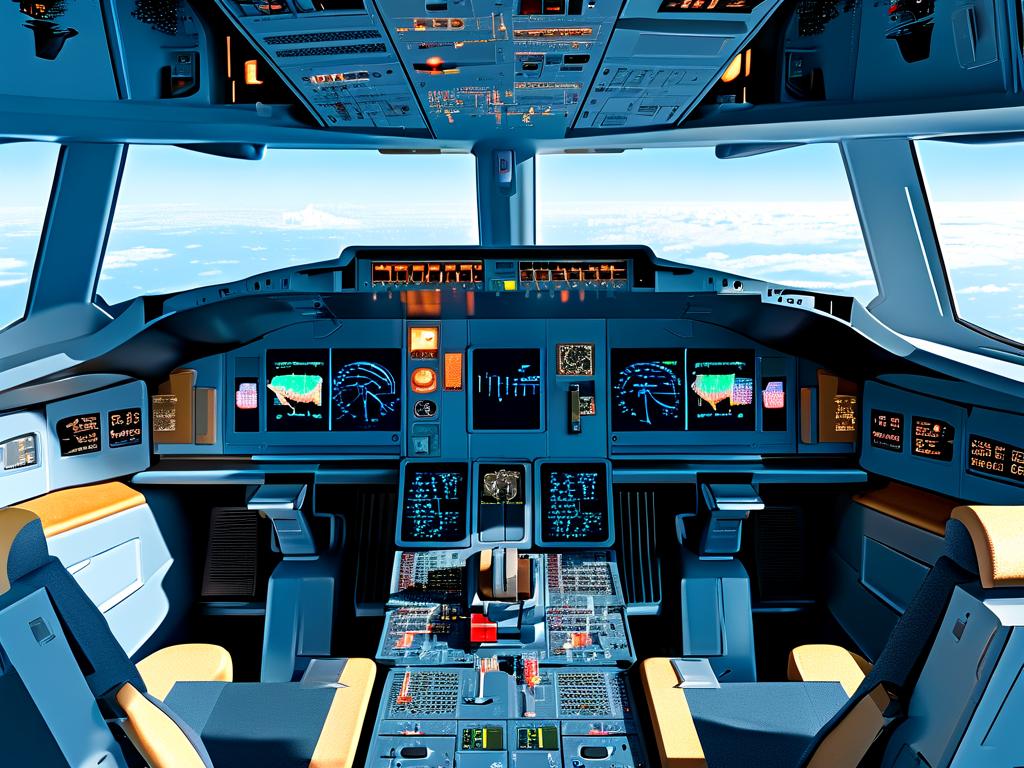The evolution of aviation technology has made aircraft increasingly reliant on advanced computing systems. A critical question among engineers and aviation professionals is: How much memory is sufficient for an aircraft's computer systems? This article explores the factors influencing memory requirements, industry standards, and emerging trends in avionics.

The Role of Memory in Aircraft Computers
Aircraft computers, often referred to as avionics, manage everything from navigation and communication to engine performance and safety systems. These systems process vast amounts of data in real time, requiring reliable and fast memory solutions. For example, a modern commercial airliner’s flight management system (FMS) continuously analyzes weather patterns, air traffic, and fuel efficiency, all while maintaining communication with ground control.
Determining Memory Requirements
The amount of memory needed depends on the aircraft’s complexity and mission profile. Smaller general aviation planes with basic avionics may function effectively with 4–8 GB of RAM. In contrast, large commercial jets like the Boeing 787 or Airbus A350 utilize integrated modular avionics (IMA) systems, which often require 16–32 GB or more. Military aircraft, especially those equipped with radar, electronic warfare, and AI-driven targeting systems, may demand even higher capacities—up to 64 GB in some cases.
Memory isn’t just about capacity; latency and durability are equally critical. Aviation systems prioritize non-volatile memory (e.g., flash storage) to retain data during power outages and error-correcting code (ECC) RAM to prevent data corruption from radiation or electromagnetic interference.
Industry Standards and Safety
Regulatory bodies like the FAA and EASA enforce strict guidelines for avionics memory design. For instance, DO-178C standards mandate rigorous testing for software and hardware, including memory modules, to ensure fault tolerance. Redundancy is another key consideration: critical systems often use triple-redundant computers with synchronized memory to mitigate single-point failures.
Airlines also face trade-offs between upgradability and certification costs. Retrofitting older aircraft with newer memory modules can improve performance but requires recertification—a process that may take years and millions of dollars.
Emerging Trends and Challenges
- AI and Machine Learning: Autonomous flight systems and predictive maintenance tools are pushing memory demands upward. AI models for engine health monitoring, for example, require high-speed storage to process sensor data in real time.
- Edge Computing: Instead of relying solely on ground-based servers, modern aircraft perform more computations onboard. This shift reduces latency but increases the need for robust, high-capacity memory.
- Quantum-Resistant Encryption: As cybersecurity threats grow, aviation systems are adopting advanced encryption protocols, which consume additional memory resources.
Case Study: The Boeing 787 Dreamliner
The 787’s avionics suite uses a network of 80+ computers sharing over 40 GB of combined memory. Its IMA architecture consolidates functions like cabin pressure control and wing de-icing into centralized modules, reducing weight but increasing dependency on memory reliability. During testing, Boeing identified that insufficient memory buffering could cause delays in data processing during peak loads—a flaw addressed by upgrading to faster DDR4 modules.
Future Outlook
Experts predict that next-gen aircraft, such as electric vertical takeoff and landing (eVTOL) vehicles and supersonic transports, will leverage unified memory architectures (UMAs). These systems combine CPU and GPU memory into a single pool, improving efficiency for graphics-heavy tasks like synthetic vision systems.
However, challenges remain. Heat dissipation in compact memory modules, radiation hardening for high-altitude operations, and the lifecycle costs of cutting-edge storage technologies (e.g., MRAM) are ongoing areas of research.
There’s no one-size-fits-all answer to how much memory an aircraft computer needs. It hinges on the aircraft’s role, regulatory constraints, and technological advancements. As aviation continues to embrace digitalization, memory capacity will remain a cornerstone of safety, performance, and innovation. Engineers must balance scalability with reliability—a task as dynamic as the skies themselves.


